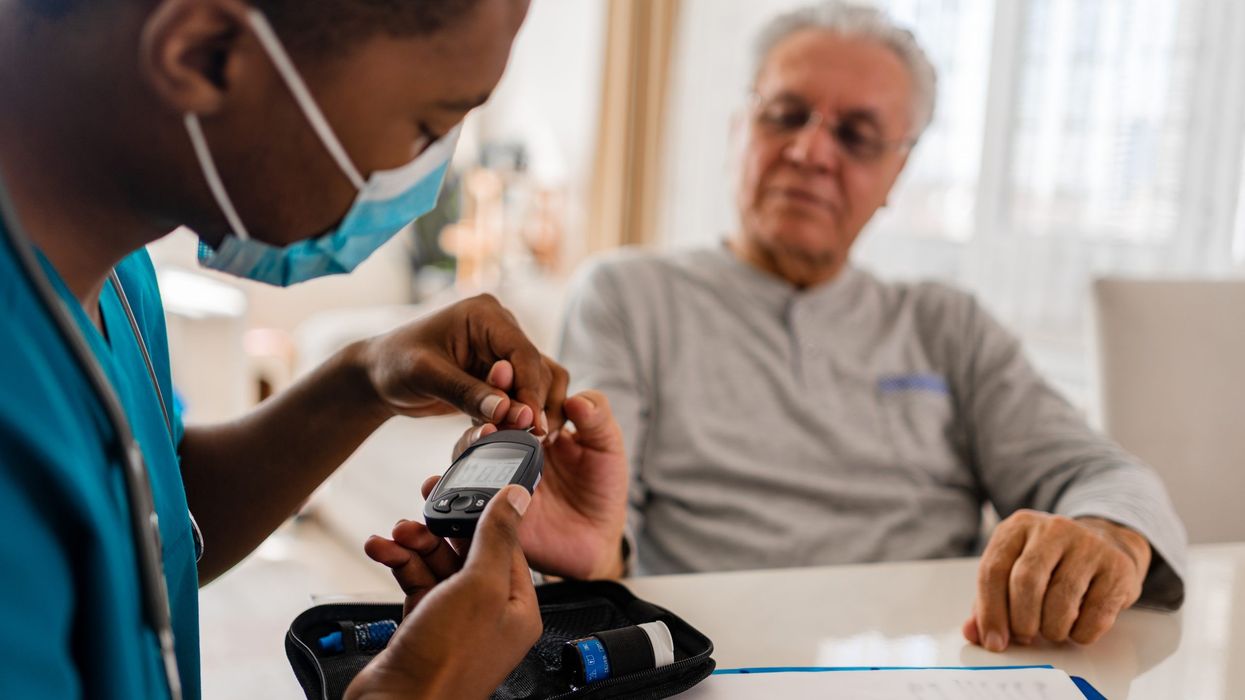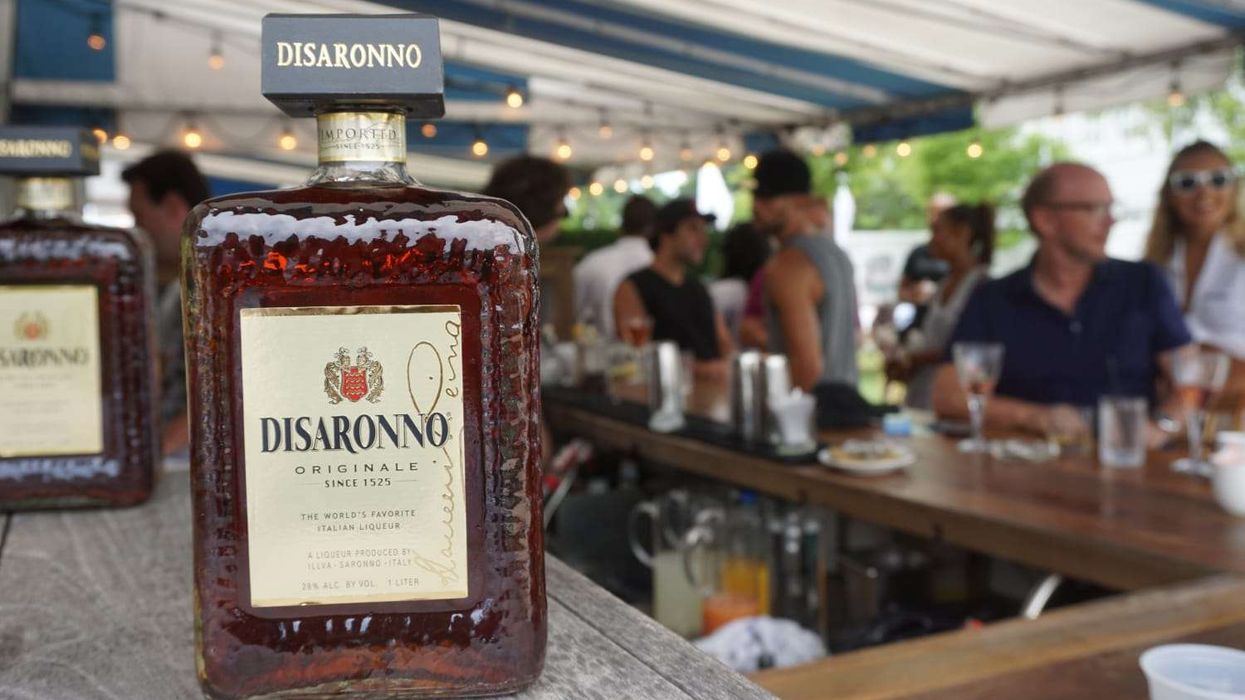Every country worldwide is expected to experience an increase in diabetes rates over the next three decades unless appropriate action is taken, a recent global study led by researchers at the Institute of Health Metrics and Evaluation at the University of Washington revealed.
According to the study, the current number of individuals living with diabetes is approximately 529 million.
However, the researchers projected that this figure will more than double, reaching approximately 1.3 billion people by the year 2050.
The study further emphasised that most of these cases are attributed to type 2 diabetes, which is strongly associated with obesity and largely preventable.
The rise in diabetes prevalence is not evenly distributed worldwide, with certain countries and regions experiencing a more severe impact.
Projections indicate that by 2050, the prevalence rates are expected to reach 16.8% in North Africa and the Middle East, as well as 11.3% in Latin America and the Caribbean.
In comparison, the global estimated prevalence is 9.8%.
Currently, the prevalence stands at 6.1%. Nevertheless, researchers emphasised that every country will be affected by the increasing rates of diabetes.
“The rapid rate at which diabetes is growing is not only alarming but also challenging for every health system in the world,” said Liane Ong, lead author of the paper, pointing out that the condition is linked to a number of other heart conditions such as heart disease and stroke.
Researchers have found that the increasing prevalence of diabetes can be attributed to two main factors: the rising rates of obesity and demographic changes. The study revealed that the prevalence of diabetes is higher among older adults.
The research encompassed data from 204 countries; however, it did not incorporate the impact of the Covid-19 pandemic as the relevant numbers were not yet available at the time of the study.
The study, which received funding from the Bill and Melinda Gates Foundation, was published on Thursday (22) in The Lancet medical journal as part of a comprehensive series on diabetes.
The series emphasises the need for more effective strategies to mitigate the impact of diabetes and highlights the importance of addressing inequality in healthcare. It highlights the fact that a large proportion of diabetes patients reside in low-and middle-income countries where access to proper treatment is limited.
(Reuters)












